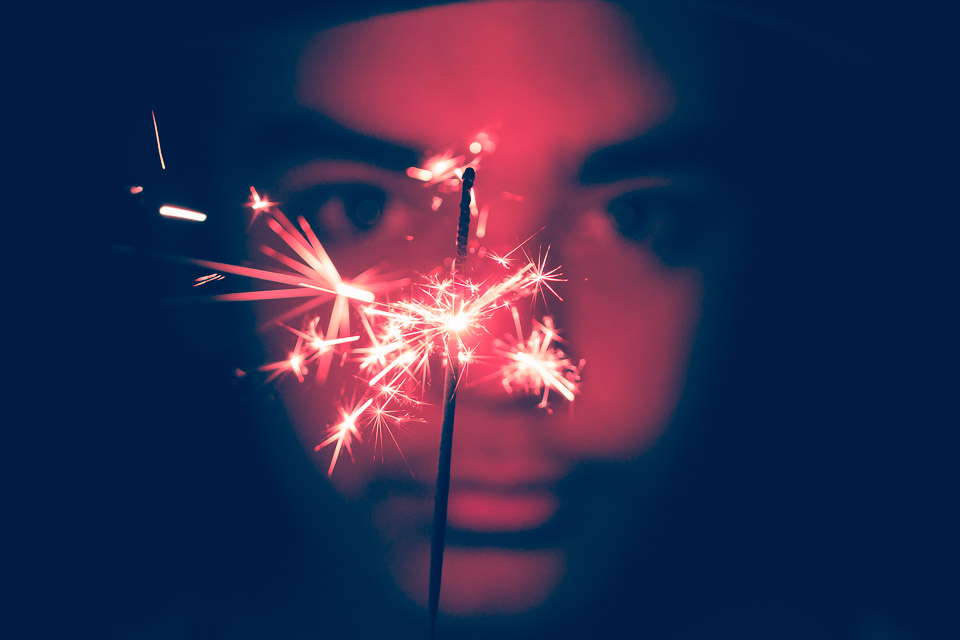One of the questions I had as a new photographer was, “Do you let clients see unedited photos?” Some
photographers will say vehemently, “hell no, never, not one, not ever.” Others will tell you that they like
to include the client in the selection process.
Really, this is a business choice you will have to make for yourself as a photographer and artist. Of
course, it helps to understand the reasoning behind each choice. I hope that by the end of this article
you will be able to make an informed choice based on the pros and cons of showing clients unedited
photos.
Showing your Client Unedited Photos
There are times when you are shooting that you may show the back of your camera to the client. This is
especially true if the client had an idea and you are trying to collaborate and make this one thing
happen. I am not talking about that.
I’m talking about sending the client all of the unedited photos from the session, usually at low
resolution/size with a faint watermark. You tell the client to ignore the color, contrast and sharpness of
these images and only focus on facial expressions, composition, etc.
You might give them a set number of photos to Choose. Usually, the number is one you had stated in
your contract. They pick their favorite ones and you go on to edit only the favorited photos your client
picked.

The Pros of involving a client in the selection process
1.) Having the client choose their favorite photos saves you time
The obvious advantage in this situation is that you save time. Culling through hundreds, heck sometimes
thousands of photos can be time consuming. Sometimes you are choosing between nearly identical
photos and trying to isolate the small differences that makes one better.
Worse, if you are like me and become caught up in minute details then you may find yourself stressing
out and consuming more time over the smallest things. These are things that the client would probably
not even consider.
Before you know it, you have spent hours of time just trying to pick the photos you are going to edit. It’s
kind of a relief to have this removed from your hands so you can just sit down and get to business.
2.) The client will inevitably pick some photos that you think suck
I am not kidding and if you don’t believe me then you should run the experiment at least once. Pick your
favorites without telling the client what they are. At the same time, send the client a link to your online
gallery and let them choose their favorites.
Many times, you will overlap but usually the client will also pick some photos you never considered.
Likewise, that photo you are in love with, the one you think is the best one of the shoot. Well, for some
reason the client just thinks it is good but not their favorite.
Getting the client involved in the selection process brings a different perspective and arguably, the most
important one to the process. After all, they are the ones you are trying to please.
Best Books for Photography
The Cons of involving a client in the selection process
1.) You lose control
One of the biggest reasons a photographer will not reveal unedited RAW files is loss of control in the
artistic process. They want to offer and display only their best work in a style and manner that is
consistent with the brand they are trying to achieve.
You, as a photographer, probably want the same. You view the photo session as just one part of the
artistic process and merely have a set of RAW files at this point. Culling through the images with a
trained eye is necessary.
You can see things like when you nailed the focus and when you didn’t. This inevitably becomes a deal
breaker as you progress in your photography even if a photo is great in every other way. From the
press of the shutter-release to the final edit, nothing other than absolute control will suffice.
2.) You can overwhelm the client

First, do not include a client in the culling process if they are not expecting it. By default, most clients
probably assume they will be viewing a finished product the first time they see their photos. If you do
involve them in the selection process be sure they fully understand your process before the session ever
happens.
Even then, you may overwhelm a client when faced with so many choices. A family portrait session
might not be too bad but imagine giving your client all the photos from their wedding. Wedding clients
typically have thousands of photos from their big day.
As a photographer, you likely will develop a system for culling these photos. The more you do it the
more skill you will have. You will get faster. A client will have none of this training and may simply shut
down when giving an abundance of choice.
The New York Times published an interesting piece titled, “Too Many Choices: A Problem That Can Paralyze.” The article suggest that although we may find the presence of choice appealing it can actually
be debilitating.
Further, when offered too many choices, people purchased less often. If they did manage to choose,
they left feeling less satisfied. Could I have done better? Did I make the right choices?
I think you have to ask yourself these questions. “Is this a burden you want to pass on to your client?”
More importantly, “can they handle it?” Some people will simply shut down in the face of too many
choices.
Choosing the Middle Ground
As you can see, there are advantages and disadvantages no matter how you approach it so what about
the middle ground? The middle ground might look something like this.
You cull through the unedited photos first removing any shots that are just plain bad, out of focus or near
duplicates. You then apply a quick global adjustment correcting only for exposure, color and
temperature.
At this point, you send the photos to the client with the same instructions, only focus on facial
expressions, composition etc. Once you have the client’s feedback you can then start to focus on
contrast, sharpening, skin retouching and more extensive localized adjustments.
Whatever path you choose, it has to be one that works for you and your clients. Do not let someone tell
you that you are doing it wrong. Try both ways if need be and find the solution that best fits your
business model and brand.
Remember, your brand is more than a collection of photos sitting in your portfolio. It is also, “What
value do you provide your client?” and “What are you doing differently than other photographers
offering similar services?”
Photographers, Do you show clients unedited photos?
Please use the comments below to voice your own experience, ideas and suggestions regarding the
topic. Also, don’t forget to go out there and capture something great today. Have fun, be safe, and I look
forward to hearing from you.
Photography Workbooks
Join the Tribe
Want to join an amazing tribe of photographers, artists, and other creatives? Want more NFT Tips? Check out our Facebook group, NFT Photography Community. The Goal: Let’s just all help each other out!
Also, don’t forget to jump on the email list to get some free Photoshop Overlays and my “very occasional” email. I want to talk with you about inspiration, photography, blogging and just staying motivated.











[…] Do you let Clients see Unedited Photos? […]